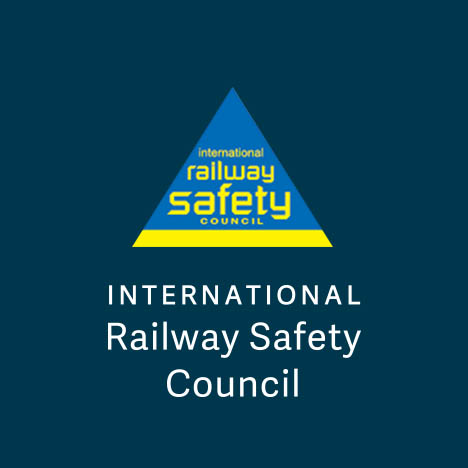Learning from incident investigations is key to achieving continuous improvement to safe railway operation. However, notable information gaps exist which limit the Australian rail industry’s ability to improve rail safety, particularly for train crew. In recent years, five train crew have lost their lives in Australia and even though thorough investigations have been undertaken there are gaps in the information available about what happened, and therefore how to protect drivers, crew and passengers from it happening again.
The Australian Transport Safety Bureau (ATSB) has in a number of its investigation reports acknowledged the need for this additional information.
Audio and video recordings would provide investigators, including ONRSR, ATSB, Police, Coroners and industry, with greater understanding of what happened in the lead up to an incident and how this can be avoided in the future. Audio and video recordings provide valuable insight to inform rail incident investigations, determine contributing and causal factors, monitor safety compliance and identify safety lessons to drive safety improvements.
In 2020, ONRSR undertook a Regulatory Impact Statement to explore the concept of introducing mandatory in-cab audio and video recording requirements for mainline passenger and freight trains. Since then, ONRSR has worked with stakeholders to refine requirements in order to progress national reform.
This paper explores the key drivers for this safety reform and the complexity of the undertaking, encompassing development of national policy and legislation necessary to specify mandatory requirements in relation to consultation, installation, recording, access, management and control, as well as worker protections. The paper also explores implementation considerations and emerging challenges, and draws on parallels from the experiences of the United States and Canada in introducing similar mandatory requirements.

